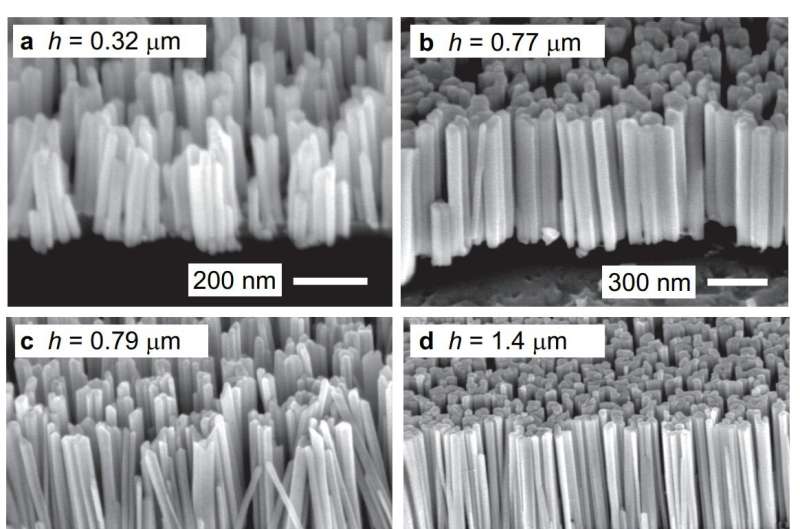Nanowerk May 19, 2023
To compete with conventional energy-conversion technologies, a thermoelectric material must possess the mutually exclusive properties of both an electrical conductor and a thermal insulator. Recent theoretical investigations on sub-device scales have revealed that nanopillars attached to a membrane exhibit a multitude of local phonon resonances, spanning the full spectrum, that couple with the heat-carrying phonons in the membrane and cause a reduction in the in-plane thermal conductivity, with no expected change in the electrical properties because the nanopillars are outside the pathway of voltage generation and charge transport. A team of researchers in the US (NIST, University of Colorado) investigated device-scale suspended silicon membranes with GaN nanopillars grown on the surface. The nanopillars caused up to 21% reduction in the thermal conductivity while the power factor remained unaffected, demonstrating an unprecedented decoupling in the semiconductor’s thermoelectric properties. The measured thermal conductivity behavior for coalesced nanopillars and corresponding lattice-dynamics calculations provided evidence that the reductions were mechanistically tied to the phonon resonances. The finding paves the way for high-efficiency solid-state energy recovery and cooling… read more. TECHNICAL ARTICLE

SEM images of specimens in this study taken from a tilt angle of 45… Credit: Advanced Materials, Early View, 2209779, 23 March 2023